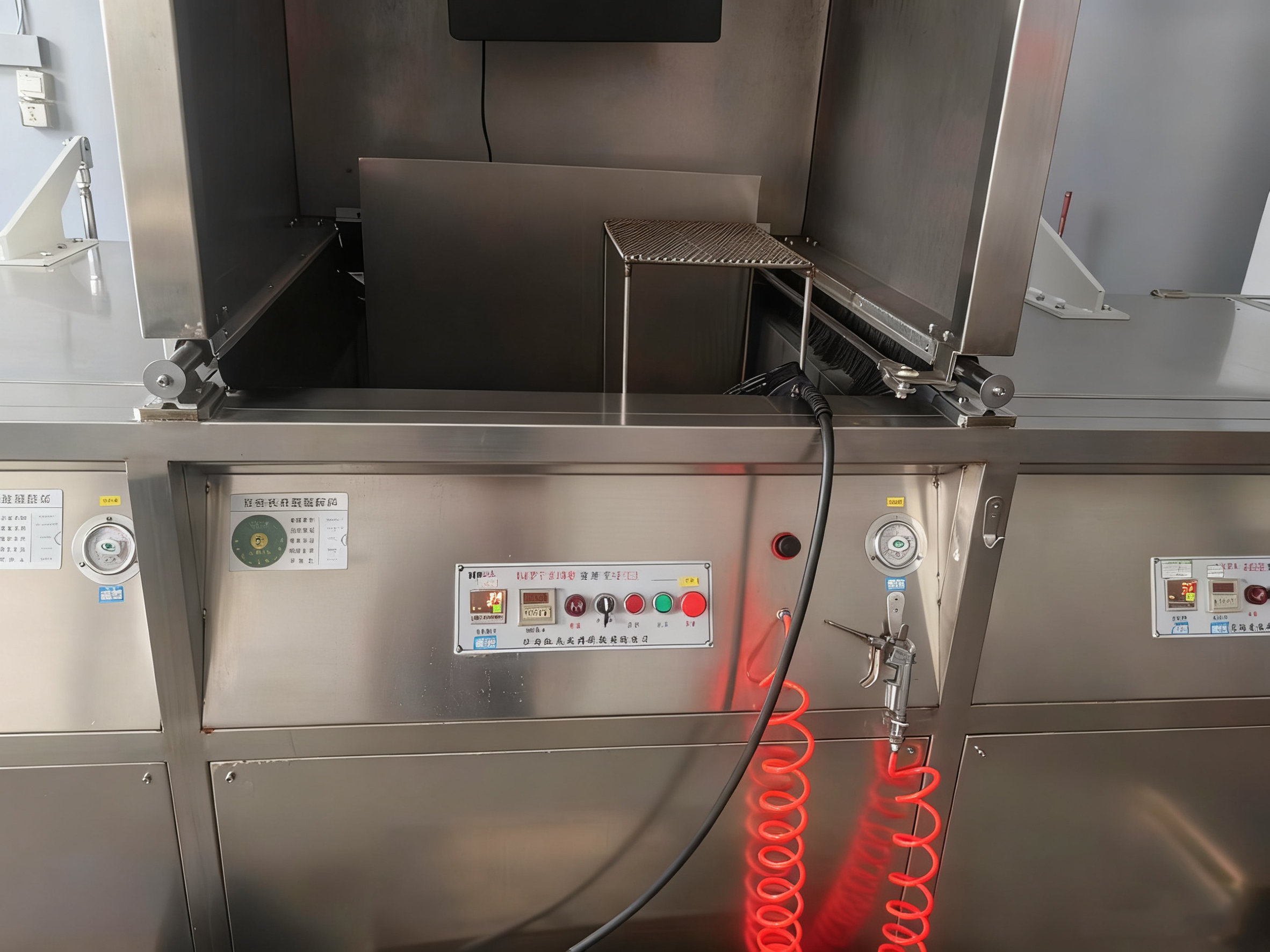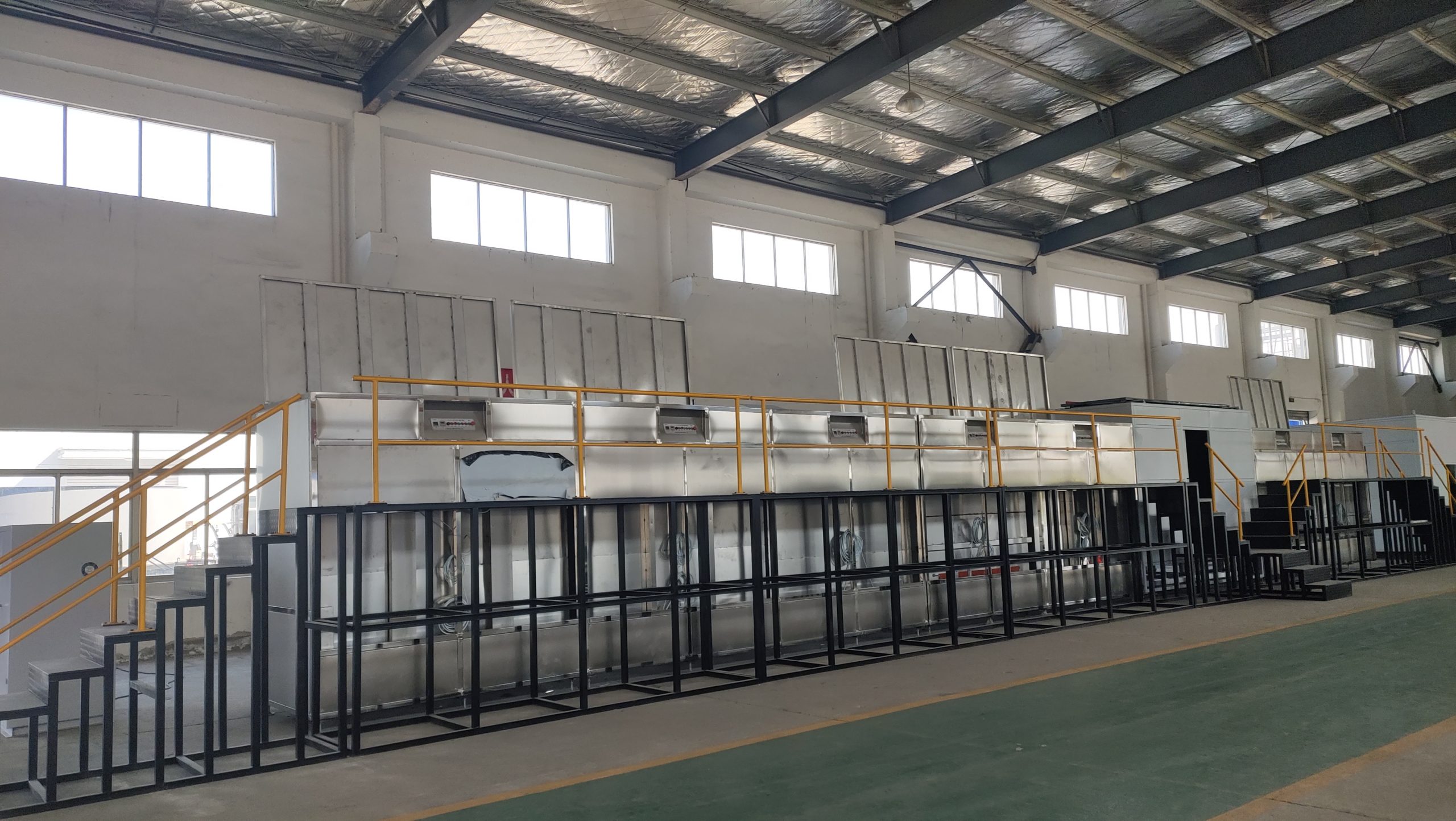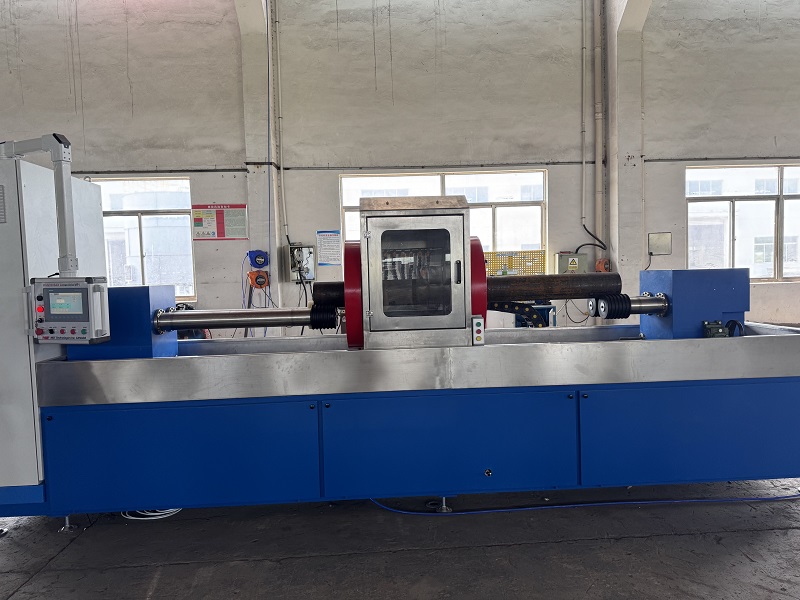Introduction
The advantages of fluorescent penetrant inspection make it one of the most widely used non-destructive testing (NDT) methods for detecting surface defects. Cracks, porosity, and leaks may appear small, but they can cause critical failures in safety-related components. In industries such as aerospace, automotive, shipbuilding, and petrochemical, ensuring defect-free parts is essential. FPI provides a fast, cost-effective, and highly sensitive solution for this purpose.
What is Fluorescent Penetrant Inspection (FPI)?
Fluorescent Penetrant Inspection is an NDT process designed to reveal surface-breaking defects in non-porous materials. The process involves several steps: applying fluorescent penetrant, allowing it to dwell and seep into flaws, removing excess penetrant, applying developer, and finally inspecting the part under UV light. This method is standardized by ASTM E1417 and ISO 3452, making it reliable and widely accepted across industries.
Limitations of Traditional Inspection Methods
Other inspection methods often struggle with small surface defects:
-
Visual inspection lacks the sensitivity to detect microcracks invisible to the naked eye.
-
Ultrasonic or radiographic testing is excellent for subsurface flaws but less effective for detecting fine surface discontinuities, and usually requires higher costs.
By comparison, the advantages of fluorescent penetrant inspection include unmatched sensitivity and lower operating costs, making it a preferred choice for many manufacturers.
Key Advantages of Fluorescent Penetrant Inspection
-
High Sensitivity – Detects very fine cracks, porosity, and leaks that cannot be observed visually.
-
Cost-Effective – Equipment and consumables are affordable compared to advanced NDT methods.
-
Wide Applicability – Works on metals, ceramics, and other non-porous materials, even with complex geometries.
-
Ease of Use – Straightforward inspection steps, with results that are easy to interpret.
-
Efficiency – Suitable for mass production, allowing quick inspection of large volumes of components.
Applications of FPI in Industry
-
Aerospace: Detecting microcracks in turbine blades, landing gear, and fasteners.
-
Automotive: Inspecting gears, crankshafts, engine blocks, and other safety-critical parts.
-
Shipbuilding: Ensuring weld quality and detecting casting flaws in large components.
-
Petrochemical & Energy: Monitoring pipelines, valves, and pressure vessels to prevent leaks.
Our FPI Solutions
At NK NDT, we provide advanced fluorescent penetrant inspection lines tailored to industry requirements. Our range includes automatic and semi-automatic FPI systems, consumables, and accessories. Designed for stability, efficiency, and compliance with global standards, our solutions support quality assurance in high-demand environments.
Whether you need a compact inspection line for small parts or a fully automated solution for large-scale production, our systems ensure reliable results and long-term cost savings.
Conclusion
The advantages of fluorescent penetrant inspection are clear: it is sensitive, economical, and adaptable across industries. By using FPI, manufacturers can maintain strict quality standards and prevent costly failures.
If you are looking for reliable FPI equipment or need to upgrade your inspection line, contact NK NDT today for expert solutions.









